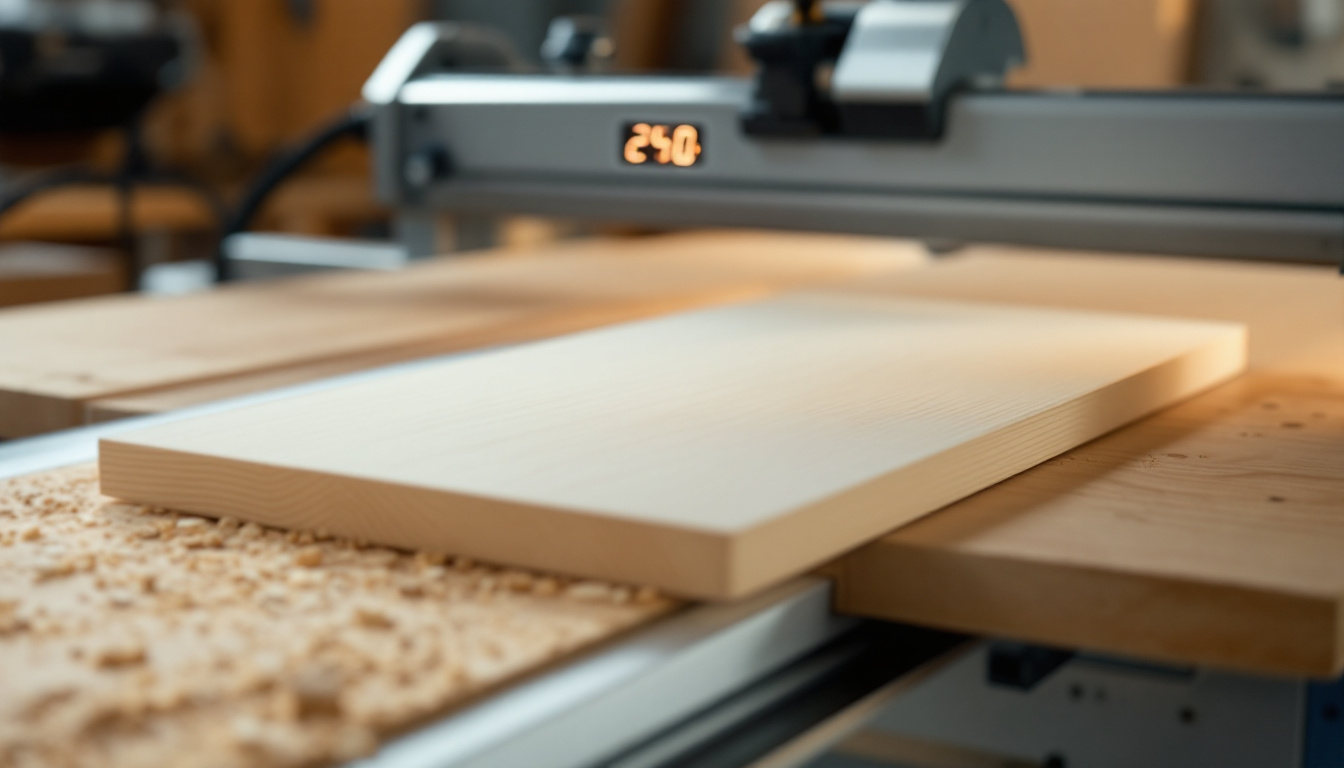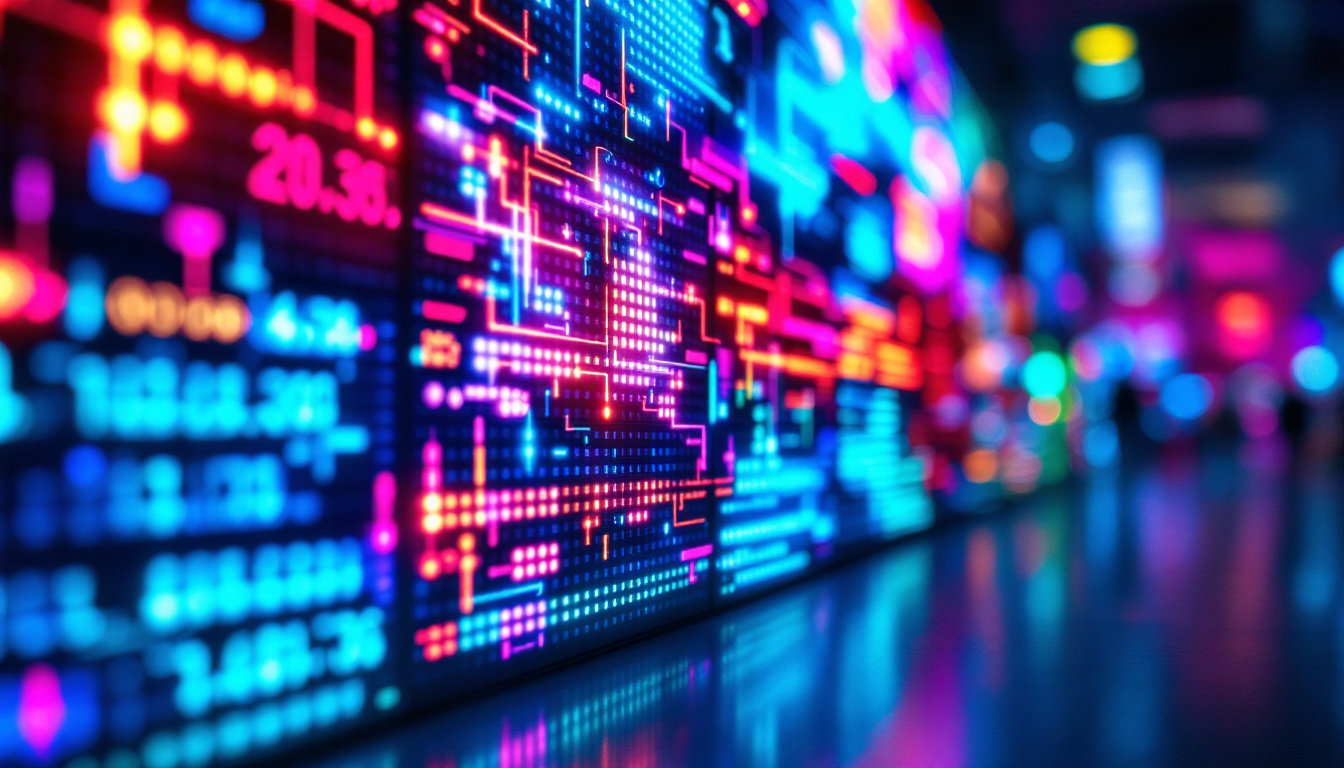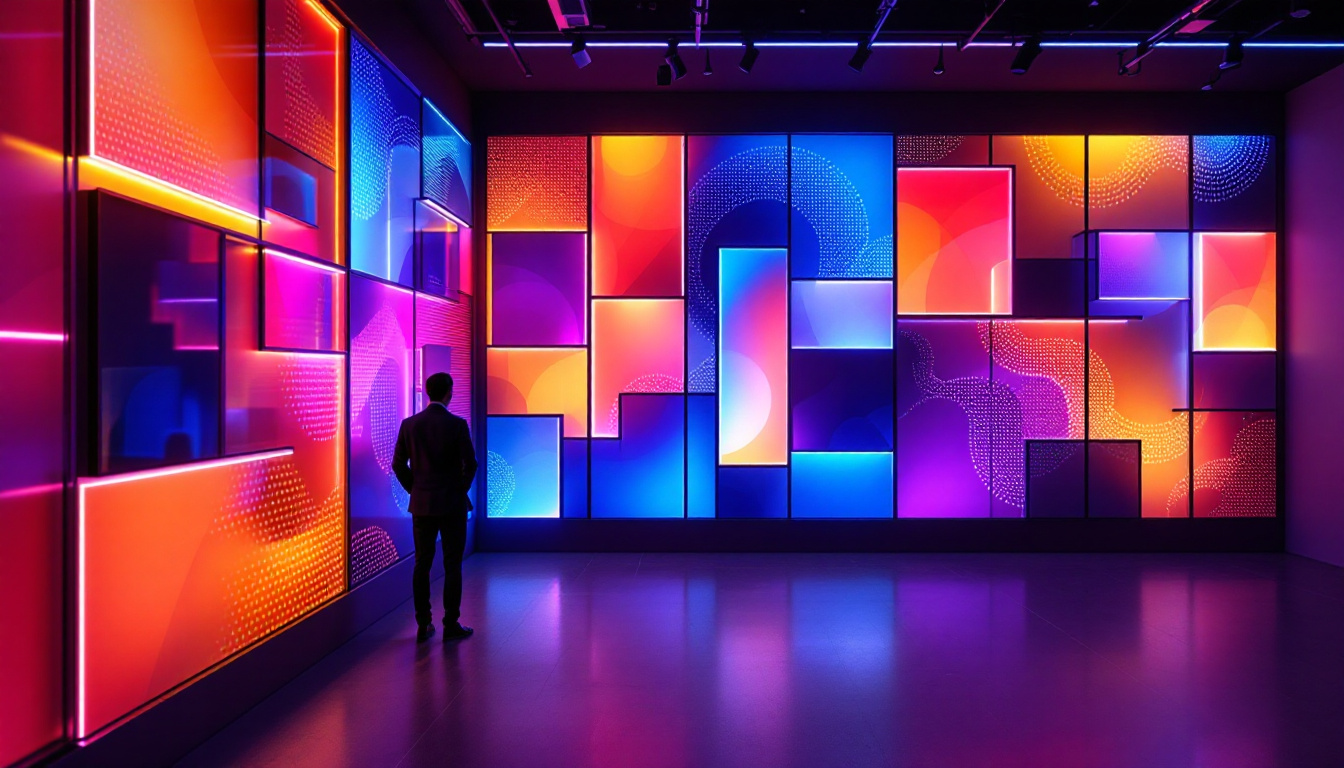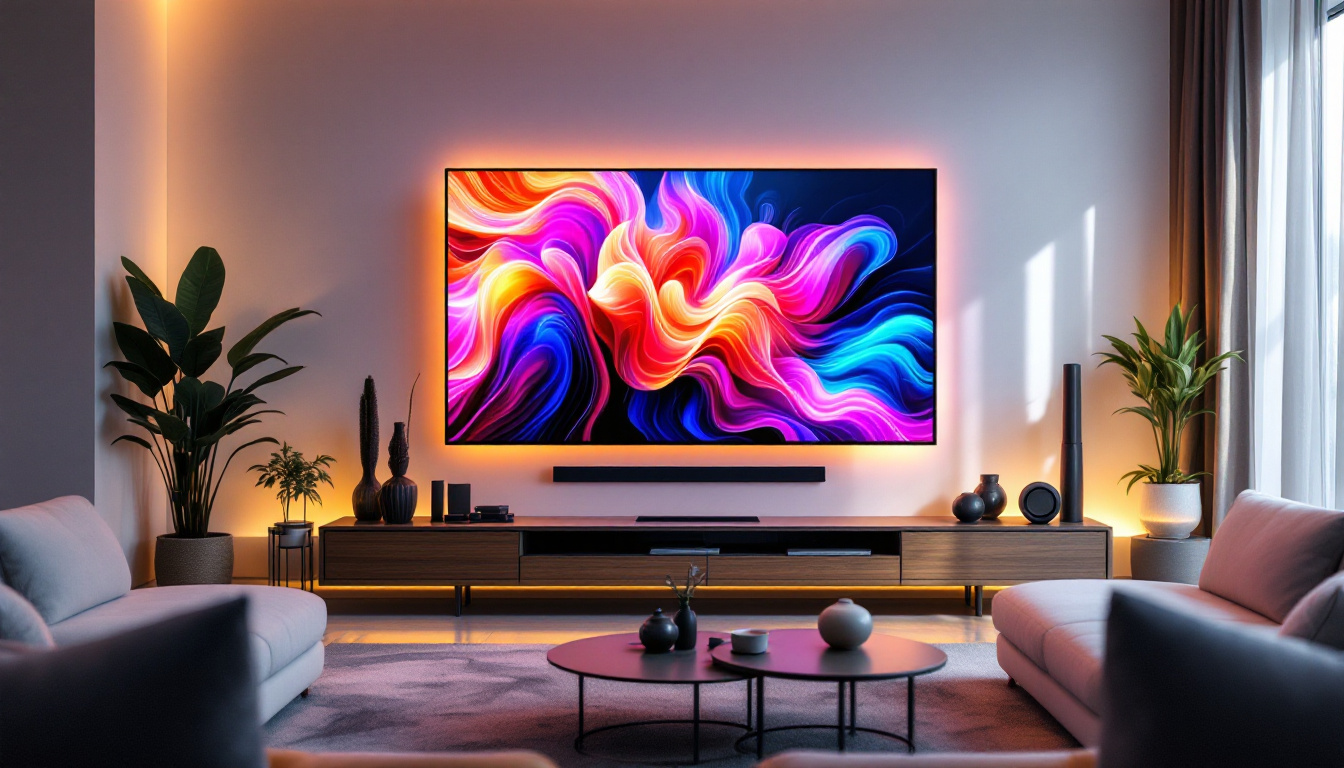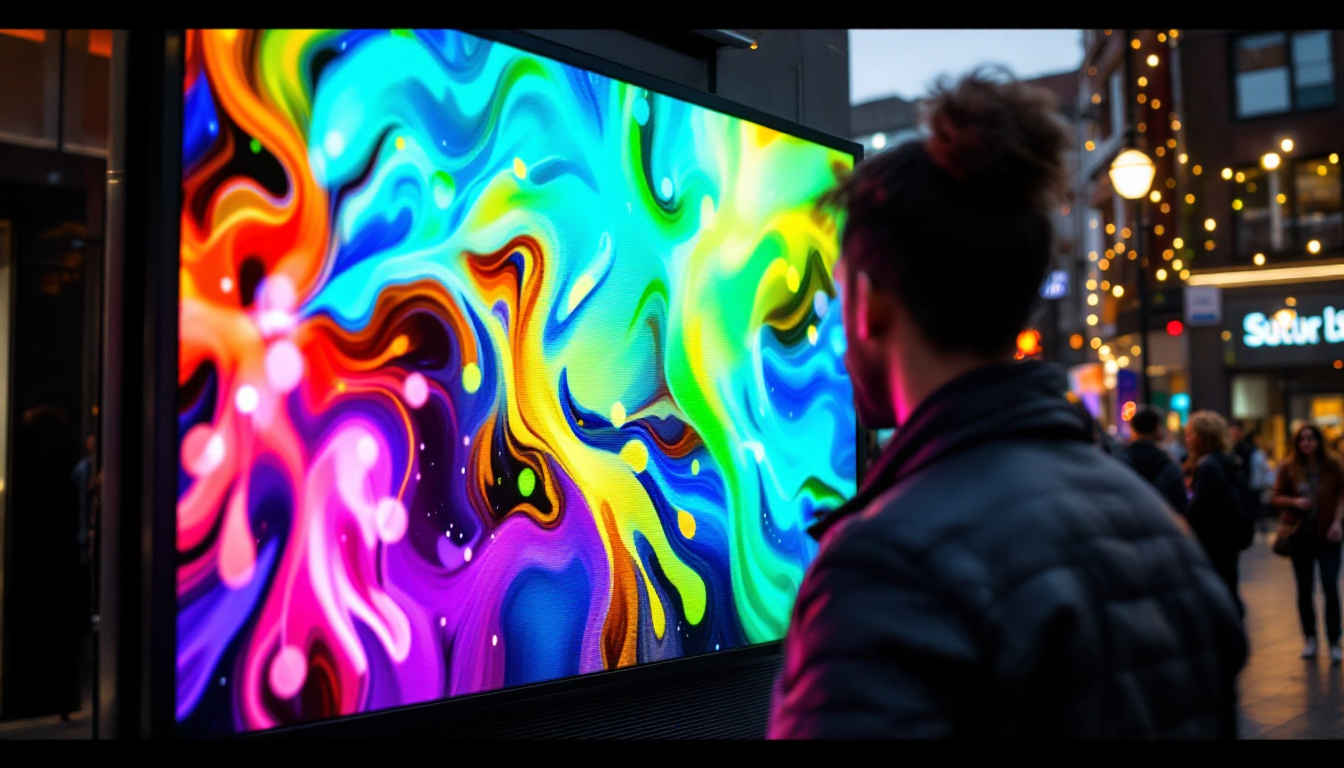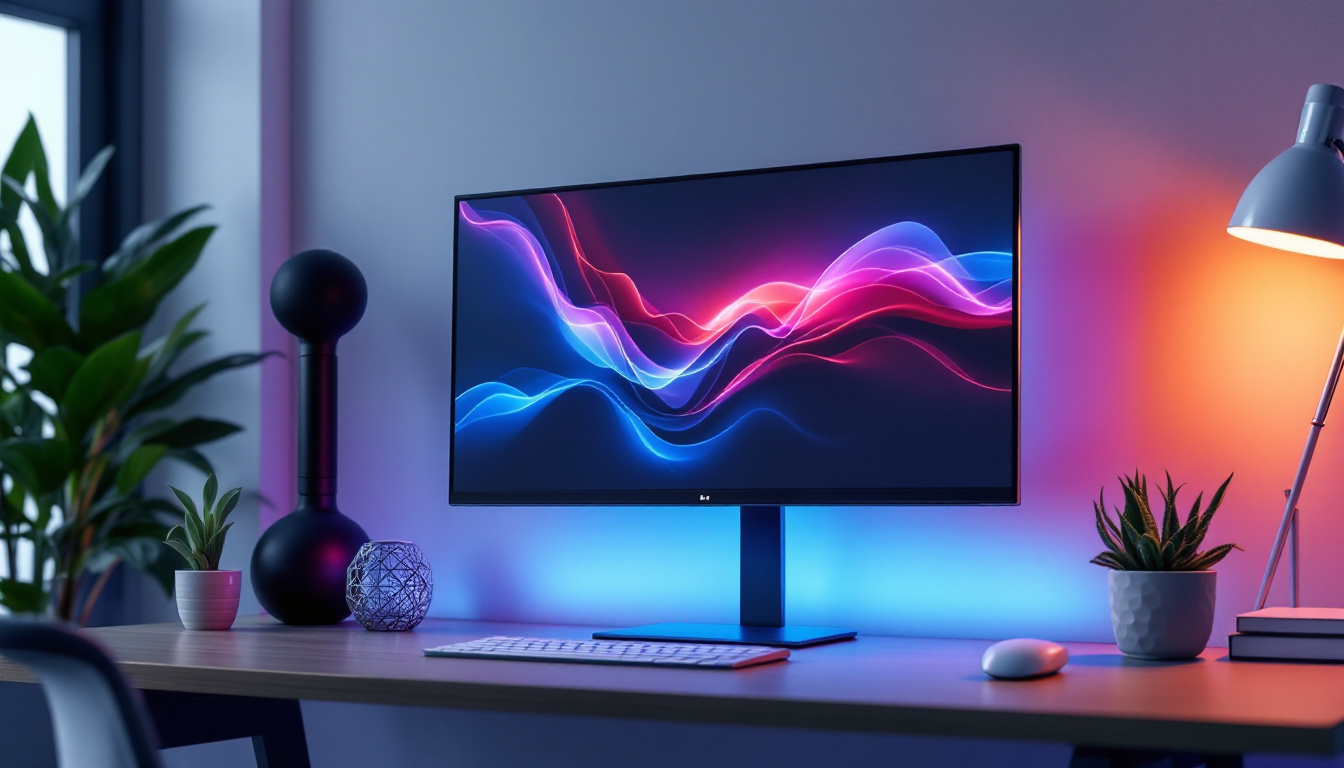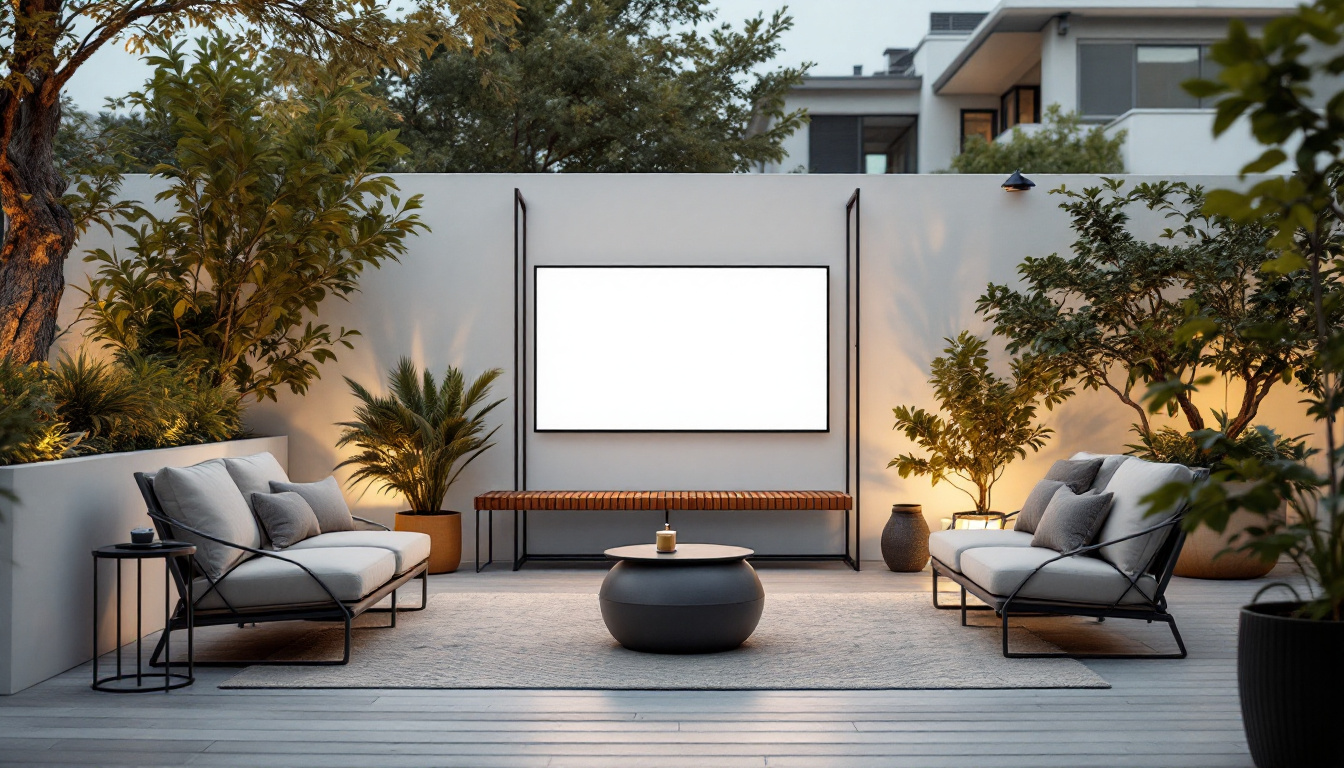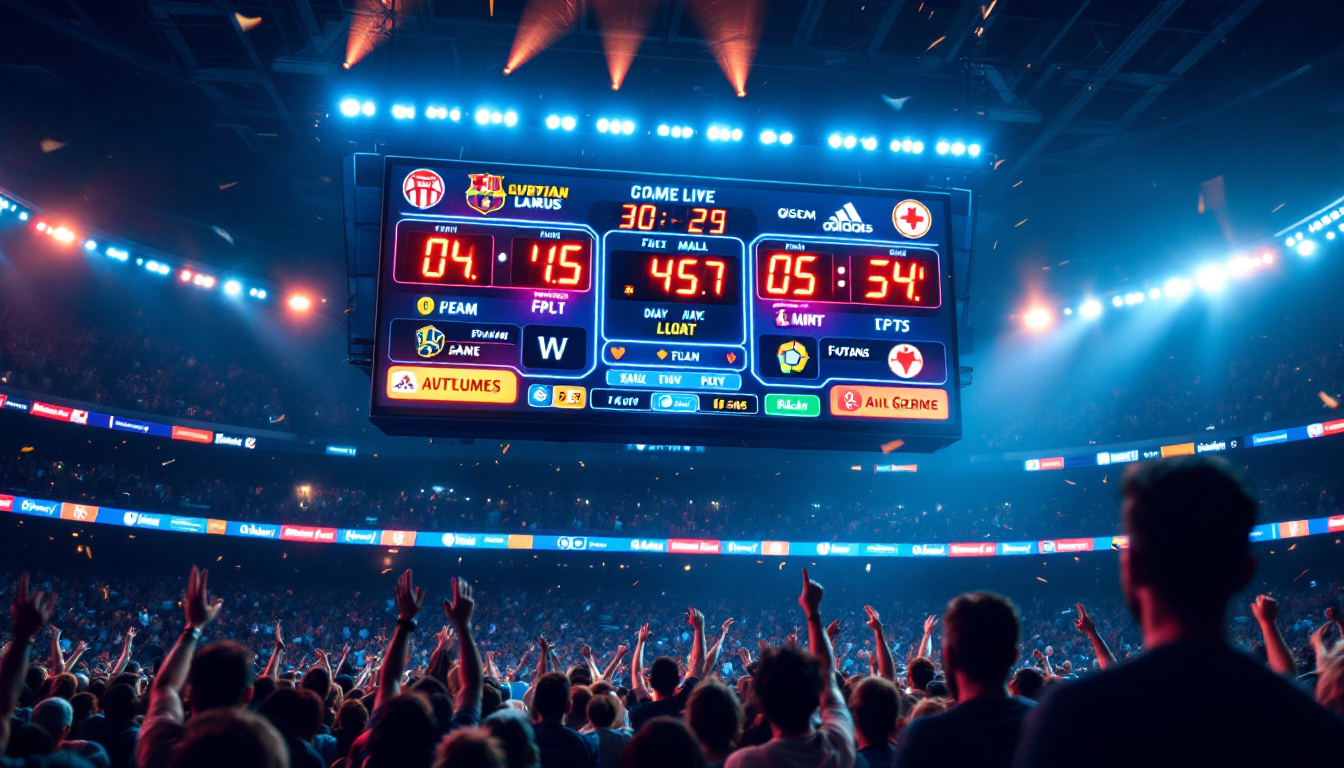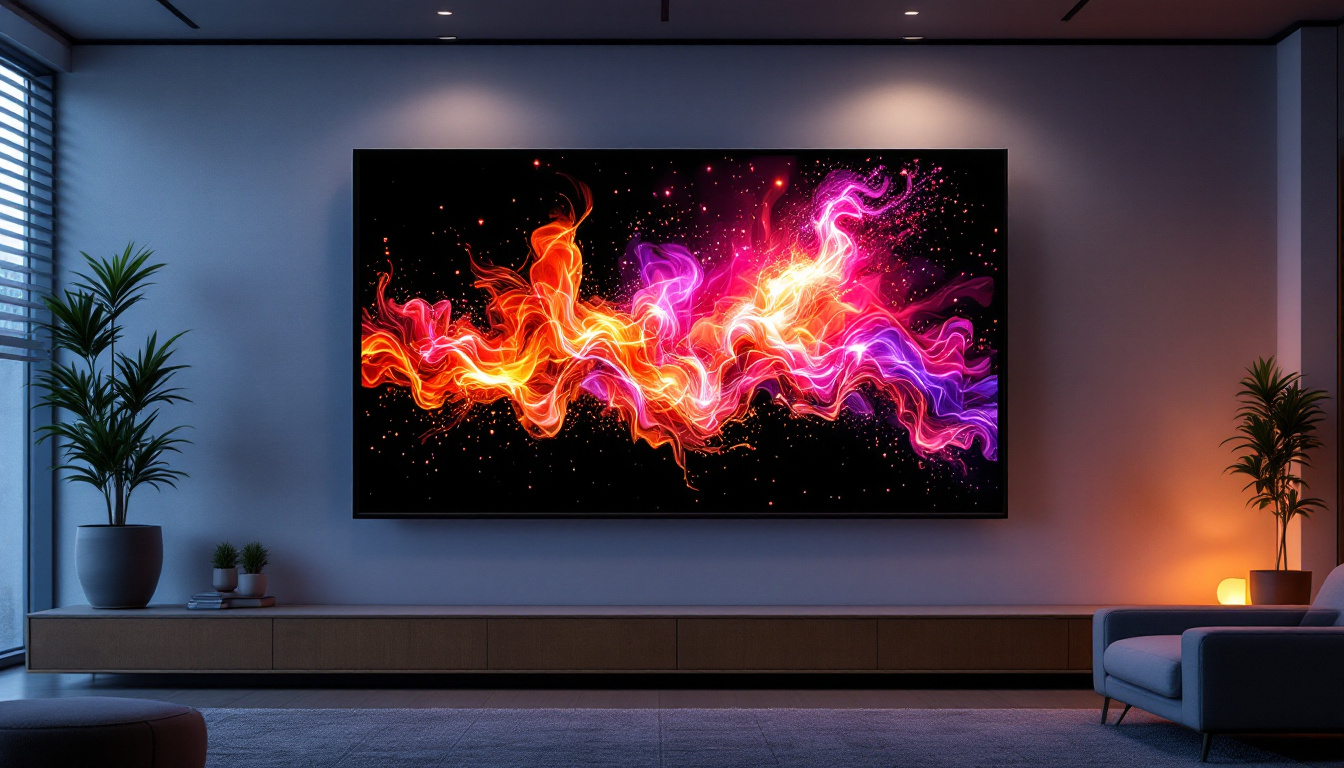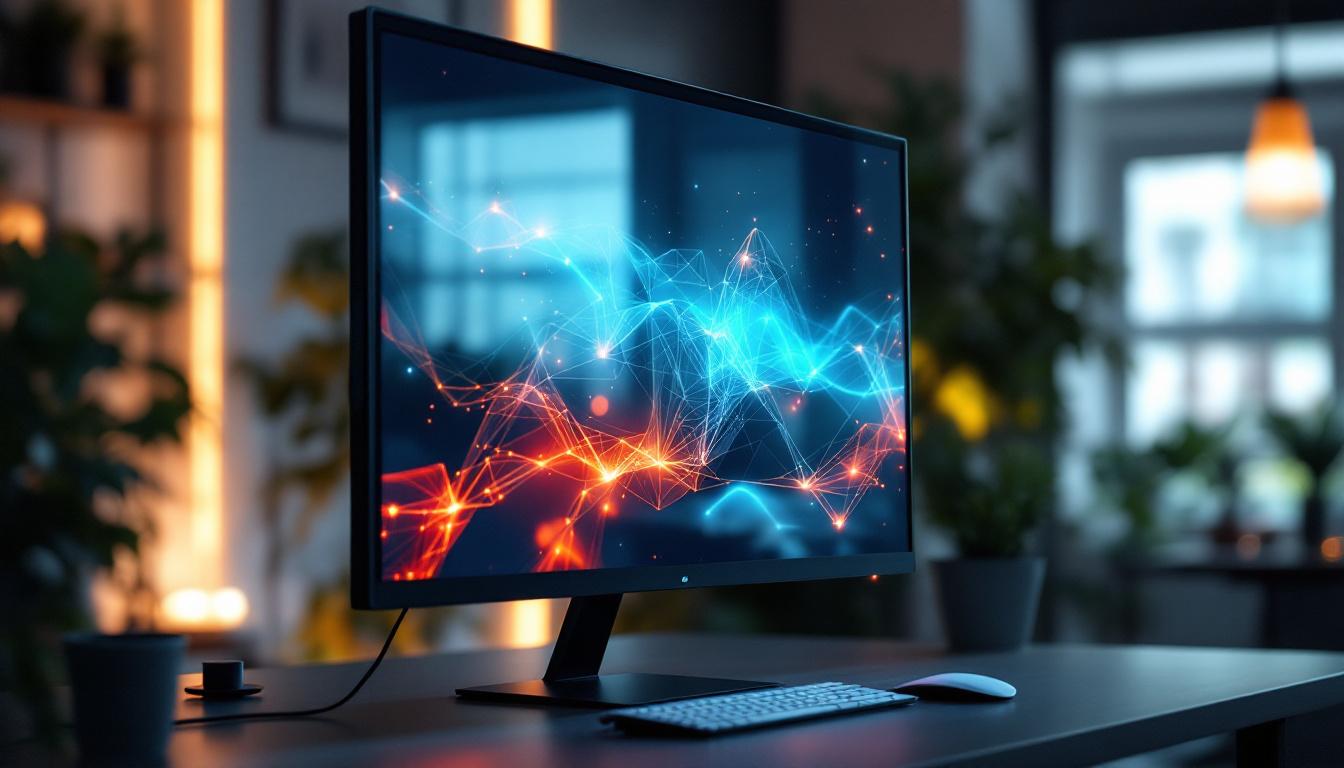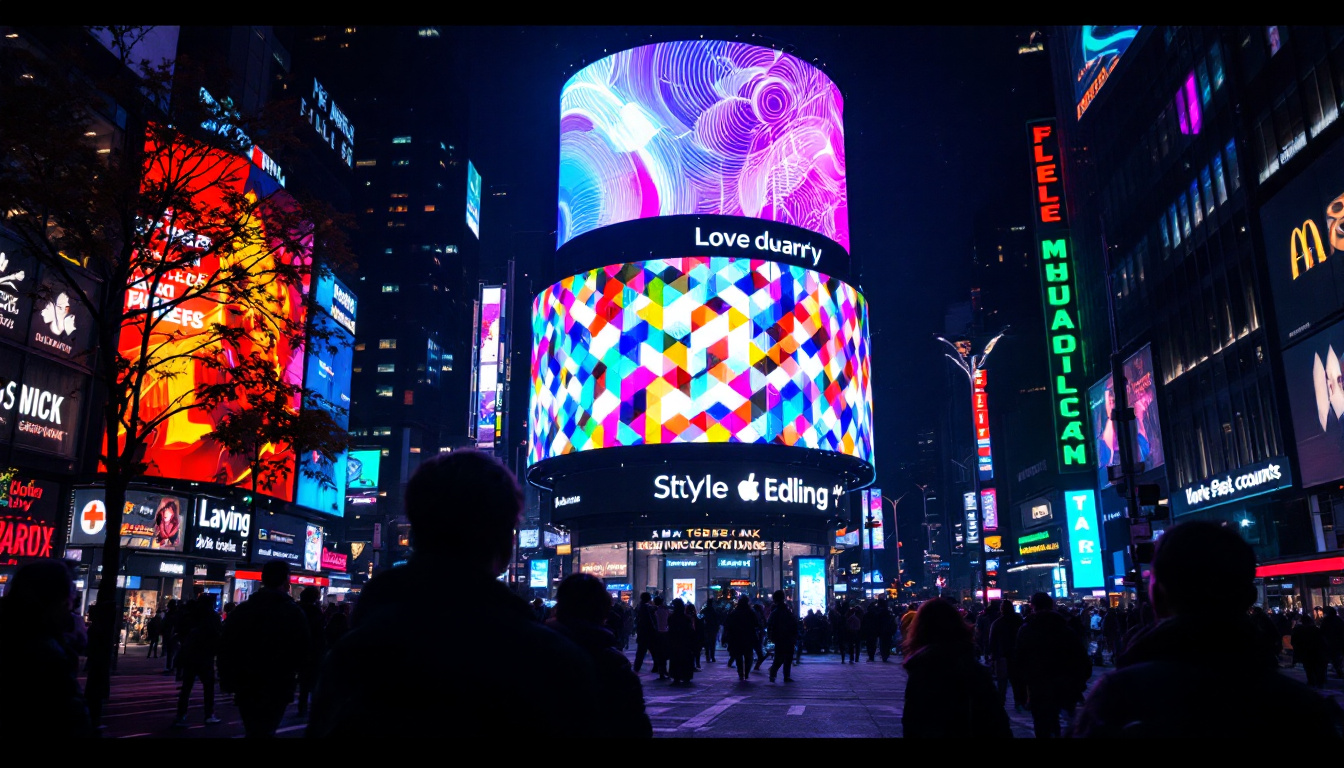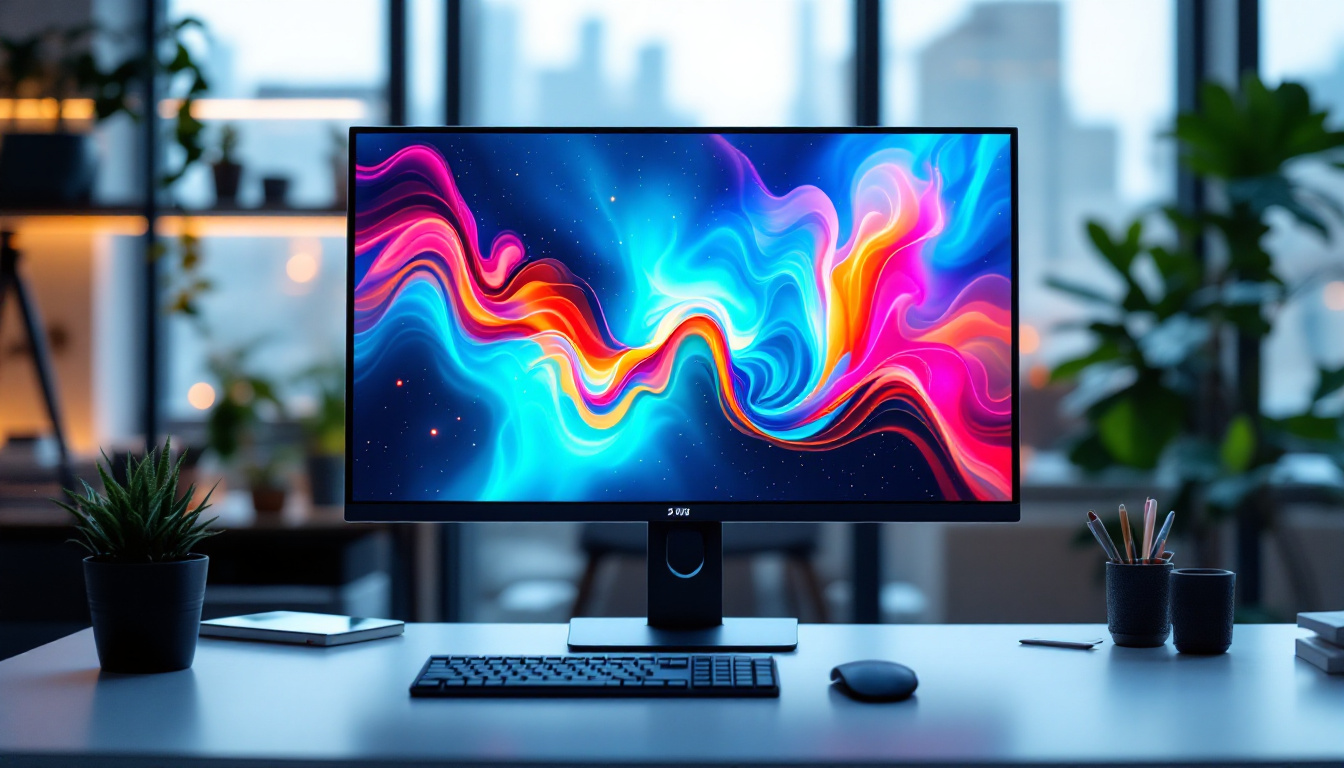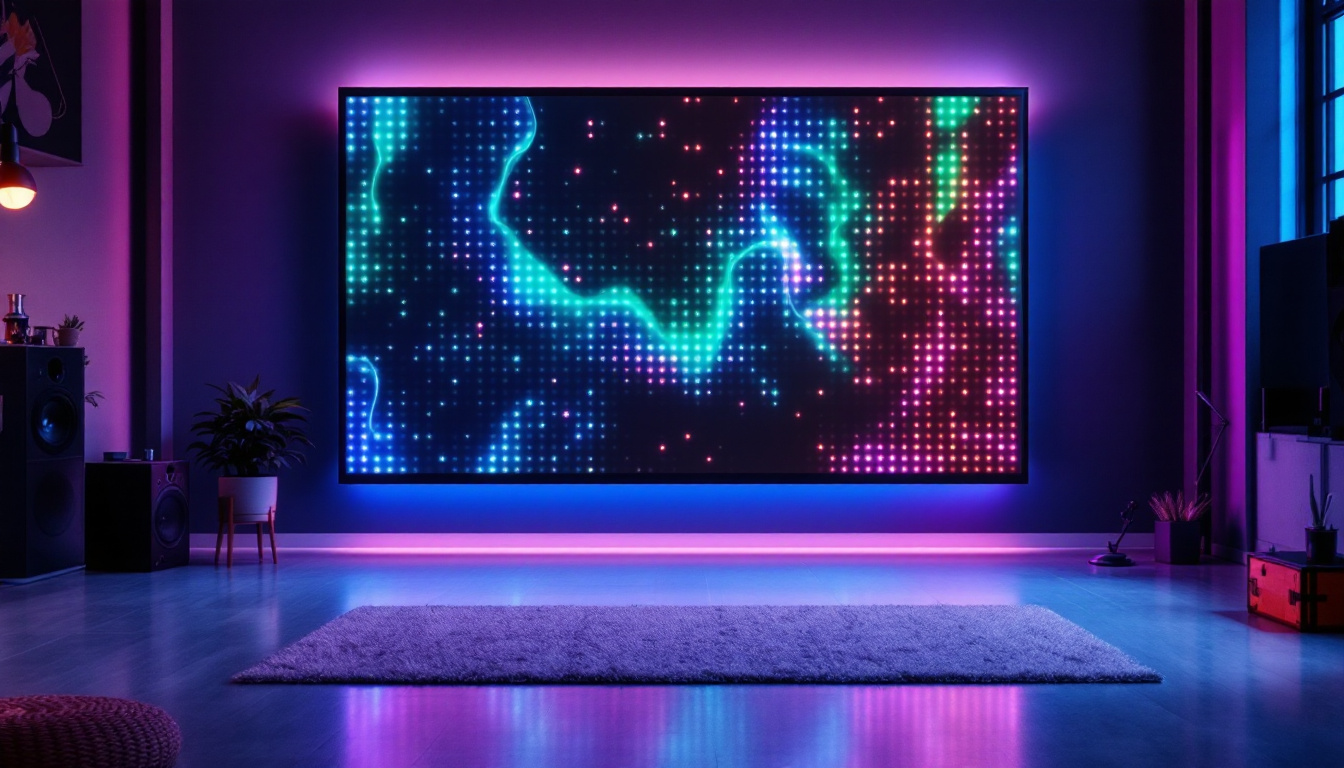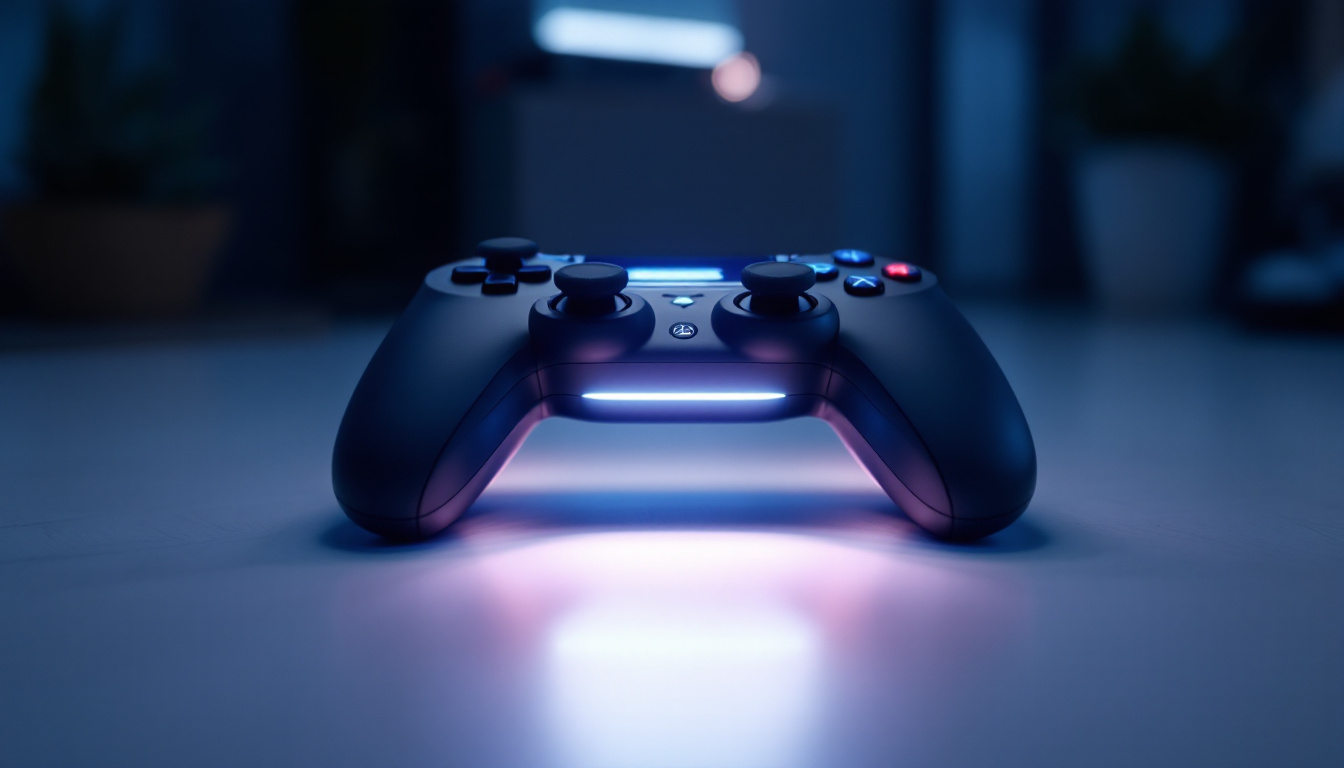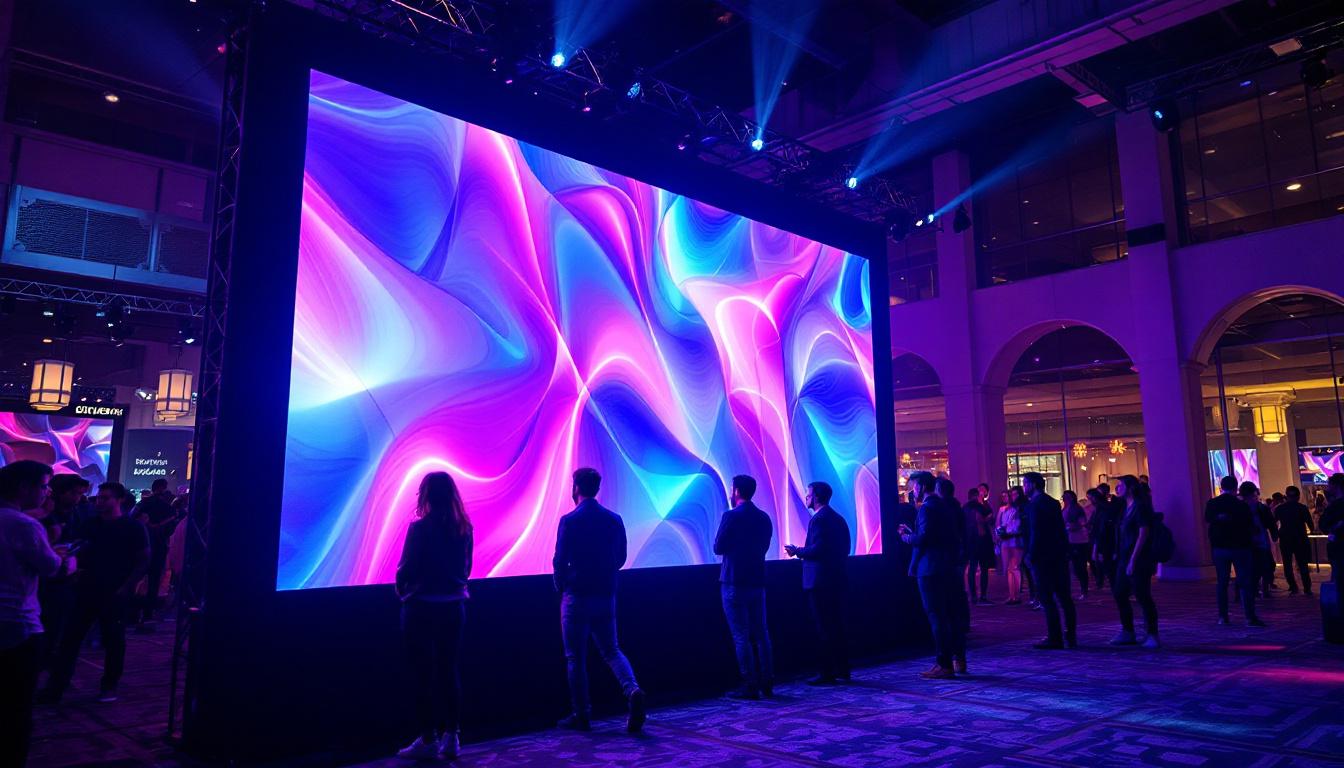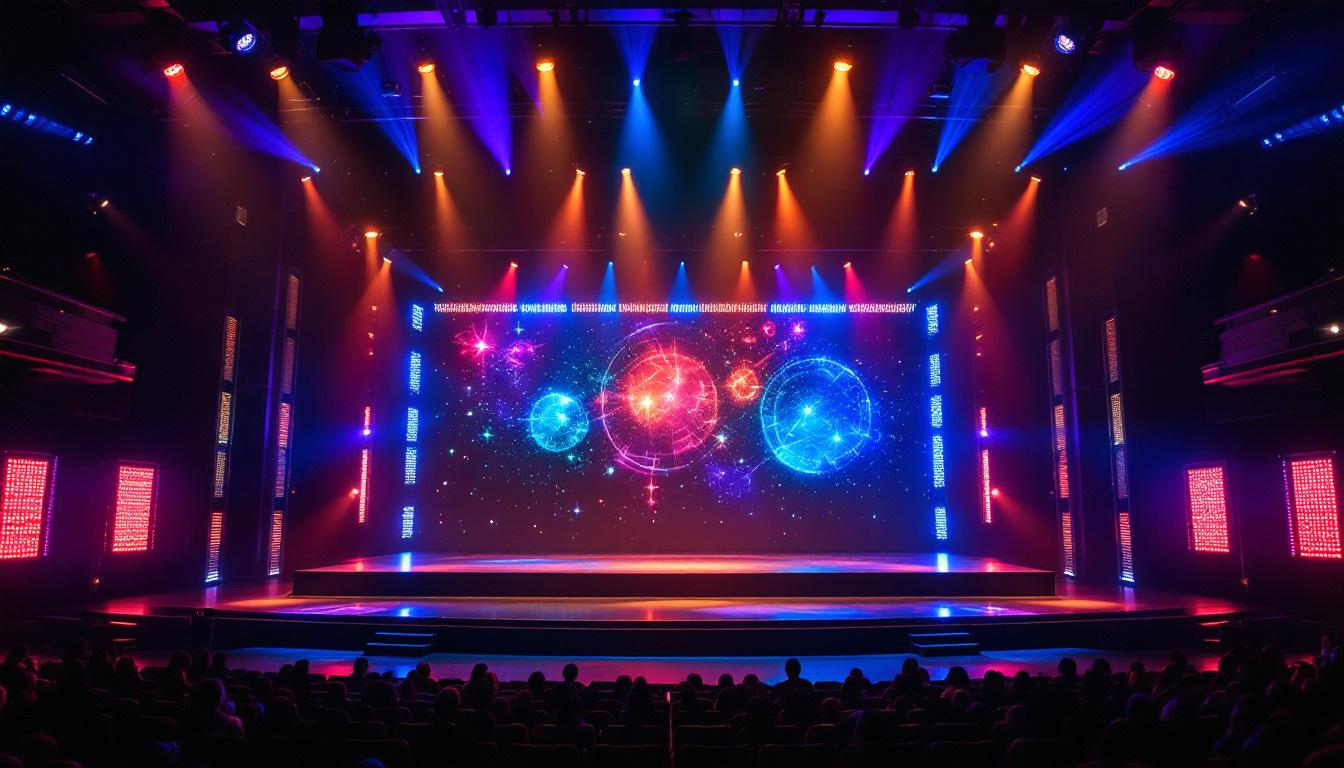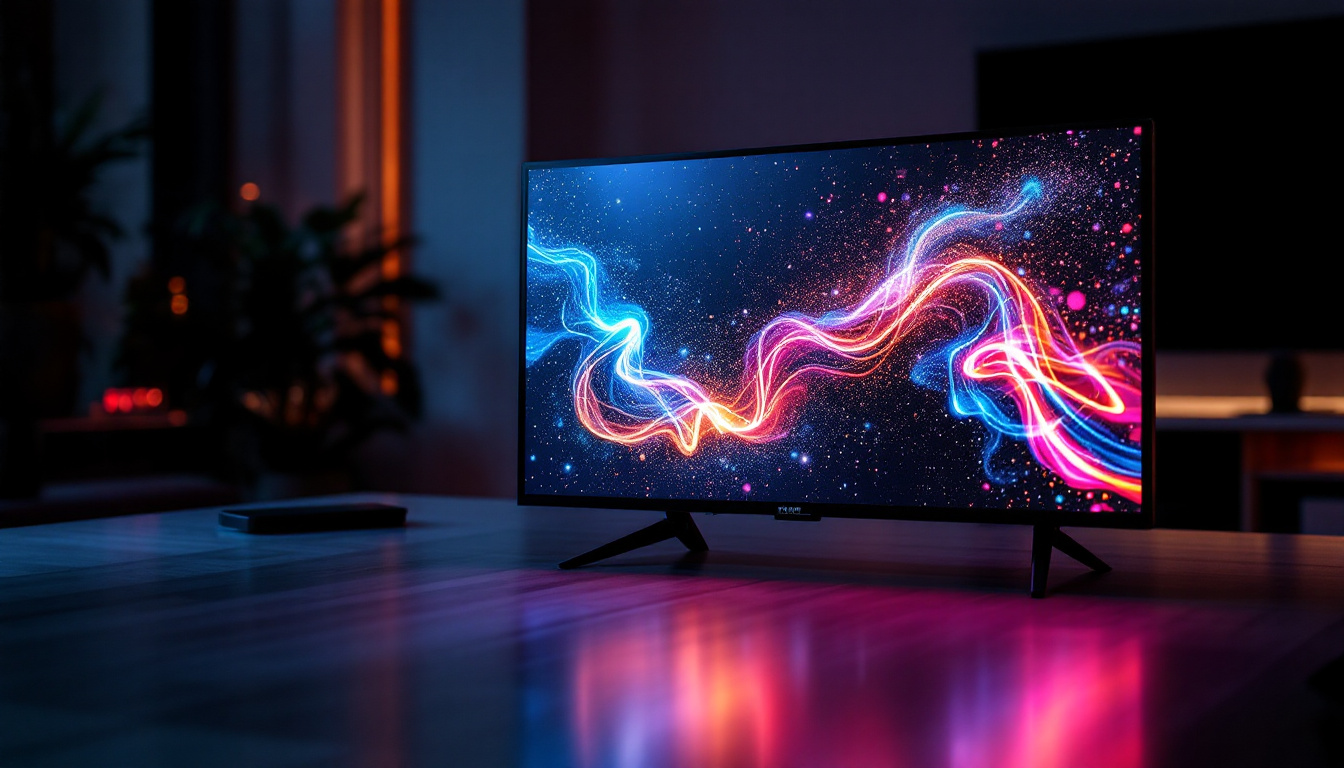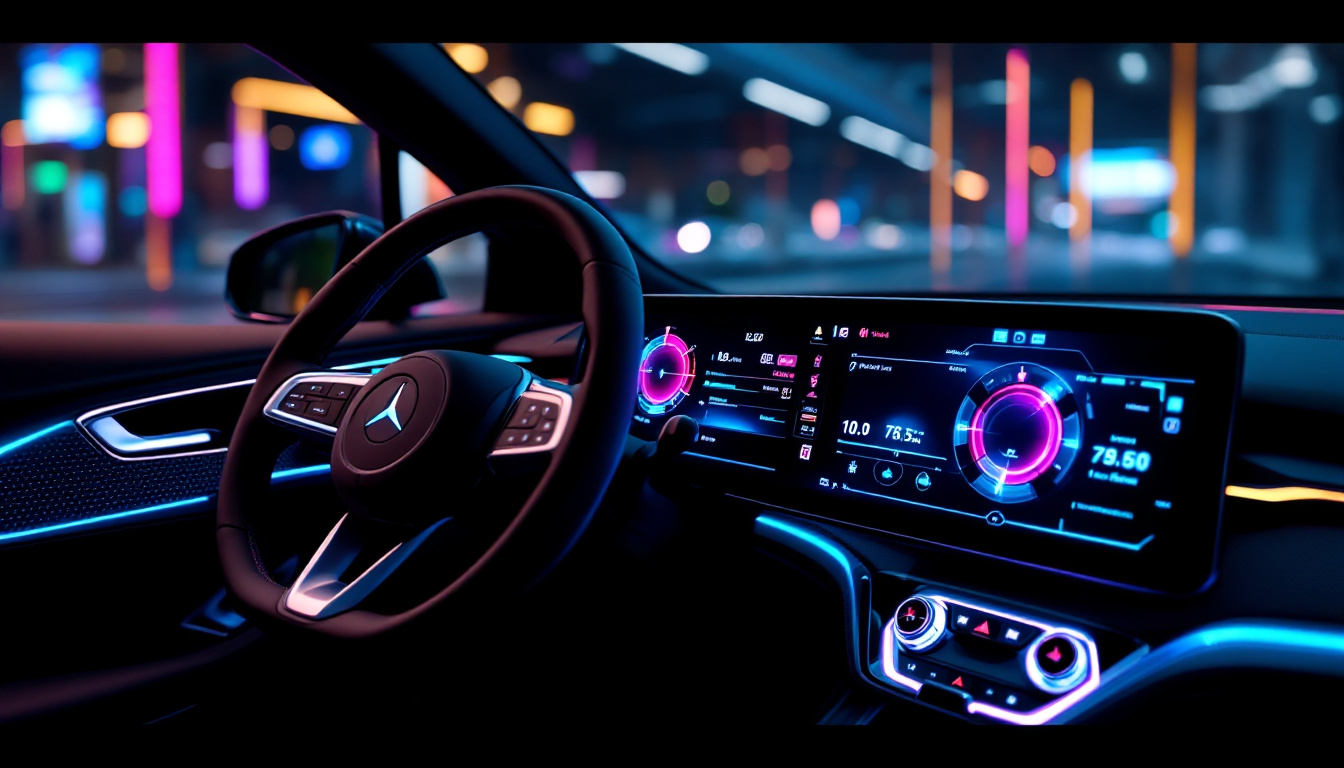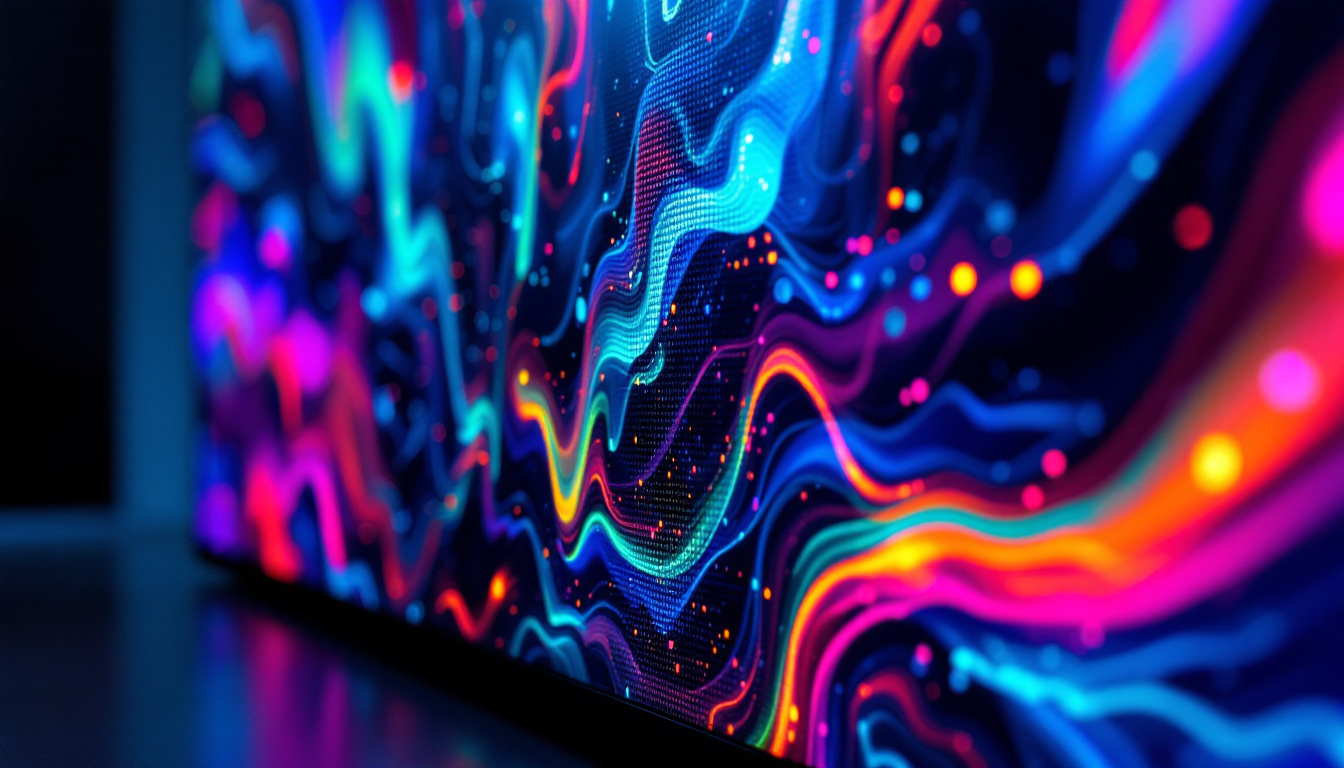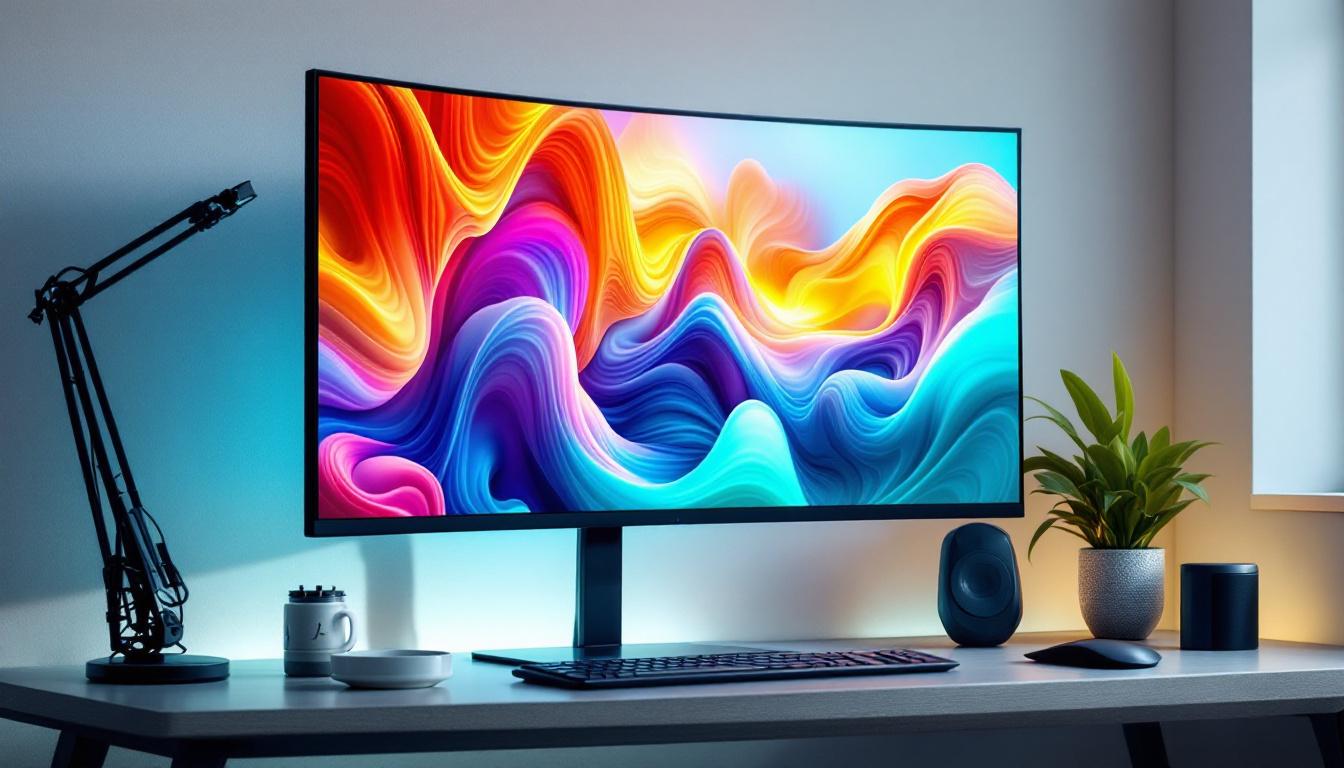The board planer is a vital tool in woodworking, allowing for the precise shaping and smoothing of wood surfaces. With advancements in technology, modern board planers often come equipped with LED displays that enhance usability and accuracy. This article delves into the functionality of LED displays in board planers, exploring how they improve the user experience and the overall effectiveness of the tool.
Understanding the Basics of Board Planers
Before diving into the specifics of LED displays, it’s essential to understand what a board planer is and how it operates. A board planer is designed to reduce the thickness of wood, ensuring that it is uniform and smooth. This tool is particularly useful for preparing lumber for furniture making, cabinetry, and other woodworking projects. By removing imperfections and inconsistencies, a board planer helps woodworkers achieve a high level of craftsmanship, making it an indispensable tool in both professional and hobbyist workshops.
The Mechanism of a Board Planer
Board planers function by feeding wood through a set of rotating blades. These blades shave off thin layers of wood, allowing the user to achieve the desired thickness and finish. The process can be adjusted based on the type of wood and the desired outcome, making the board planer a versatile tool in any workshop. Many modern planers come equipped with features such as adjustable feed rates and depth settings, allowing for greater control and precision. Additionally, some models include built-in dust collection systems, which help maintain a clean workspace by minimizing wood shavings and debris.
The Importance of Precision
Precision is critical in woodworking. An uneven surface can lead to problems during assembly and finishing, resulting in a less professional appearance. Board planers help ensure that wood is not only the correct thickness but also has a smooth finish, which is essential for aesthetic and functional purposes. Furthermore, achieving the right thickness is crucial for joints and fittings; if the wood is too thick or too thin, it can compromise the integrity of the final product. This attention to detail not only enhances the beauty of the piece but also contributes to its durability and longevity, making the initial investment in a quality board planer worthwhile.
In addition to precision, understanding the types of wood being worked with can greatly influence the results achieved with a board planer. Different species of wood have varying densities, grain patterns, and moisture content, all of which can affect how the wood responds to planing. For instance, hardwoods like oak and maple may require different techniques compared to softer woods like pine or cedar. Knowledge of these characteristics allows woodworkers to adjust their approach, ensuring optimal results and minimizing the risk of damaging the material. As such, mastering the use of a board planer not only enhances the quality of work but also deepens a woodworker’s appreciation for the craft itself.
The Role of LED Displays in Board Planers
LED displays in board planers serve as an interface between the user and the machine, providing real-time information about the tool’s settings and performance. These displays enhance the overall functionality of the planer, making it easier for users to achieve their desired results.
Real-Time Measurements
One of the most significant advantages of LED displays is their ability to provide real-time measurements. Users can see the current thickness of the wood being planed, which allows for immediate adjustments. This feature is particularly beneficial when working with multiple pieces of wood that require different thicknesses.
Clear Visual Indicators
LED displays often include clear visual indicators for various settings, such as depth of cut and feed rate. These indicators help users understand the current configuration of the tool at a glance, reducing the likelihood of errors. By providing a straightforward visual representation of settings, LED displays enhance user confidence and efficiency.
Features of LED Displays in Board Planers
Modern LED displays come equipped with various features that cater to the needs of woodworkers. Understanding these features can help users make the most out of their board planers.
Depth Adjustment Indicators
Depth adjustment indicators are a standard feature in many board planers with LED displays. These indicators allow users to set the desired thickness accurately. By simply adjusting the dial or buttons, users can see the depth change reflected on the display, ensuring precise cuts every time.
Feed Rate Settings
Another crucial feature is the ability to adjust the feed rate. The feed rate determines how quickly the wood passes through the planer, which can significantly affect the finish quality. LED displays often show the current feed rate, allowing users to optimize it based on the type of wood and desired finish.
Error Notifications
Many advanced board planers with LED displays also include error notifications. These alerts can inform users of potential issues, such as blade dullness or incorrect settings, helping to prevent damage to the tool or the workpiece. This feature not only enhances safety but also prolongs the lifespan of the planer.
Benefits of Using LED Displays in Board Planers
The integration of LED displays in board planers offers numerous benefits that can significantly improve the woodworking experience. From enhanced usability to increased precision, these displays are changing the way woodworkers approach their projects.
Enhanced User Experience
One of the most apparent benefits of LED displays is the enhanced user experience. The clear and intuitive interface allows both novice and experienced woodworkers to operate the tool more efficiently. Users can quickly familiarize themselves with the settings, which can lead to a more enjoyable and productive woodworking session.
Increased Accuracy and Consistency
Accuracy is paramount in woodworking, and LED displays help achieve this by providing precise measurements and settings. Users can consistently replicate cuts, ensuring that each piece of wood meets the required specifications. This consistency is especially important in larger projects where multiple pieces must fit together seamlessly.
Time Efficiency
Time is a valuable resource in any workshop, and LED displays can help save it. By providing real-time feedback and clear indicators, users can make adjustments on the fly without having to stop and measure manually. This efficiency can lead to quicker project completion, allowing woodworkers to take on more projects or spend more time on creative aspects.
Comparing LED Displays to Traditional Displays
While traditional displays have served their purpose in board planers, LED displays offer distinct advantages that make them a superior choice for modern woodworking. Understanding these differences can help users appreciate the value of upgrading their tools.
Visibility and Clarity
Traditional displays often rely on analog dials or basic LCD screens, which can be challenging to read, especially in low-light conditions. In contrast, LED displays provide bright, clear visuals that are easy to read from various angles. This clarity is particularly beneficial in busy workshop environments where lighting may not always be ideal.
Durability and Longevity
LED displays are generally more durable than traditional displays. They are less susceptible to damage from impacts or vibrations, which are common in woodworking environments. This durability ensures that the display remains functional over time, reducing the need for repairs or replacements.
Energy Efficiency
Another advantage of LED displays is their energy efficiency. They consume less power compared to traditional displays, which can lead to lower energy costs over the lifespan of the tool. This efficiency is not only beneficial for the user’s wallet but also contributes to a more sustainable workshop environment.
Choosing the Right Board Planer with LED Display
When selecting a board planer with an LED display, there are several factors to consider. Understanding these aspects can help ensure that the chosen tool meets the specific needs of the user.
Size and Portability
The size of the board planer is an essential consideration, especially for those with limited workshop space. Compact models are available that still offer robust features, including LED displays. Portability is also a factor; some users may prefer a lightweight model that can be easily moved between job sites.
Power and Performance
Power is another critical aspect to evaluate. Board planers come in various power ratings, and selecting one that matches the intended use is vital. For heavy-duty projects, a more powerful model may be necessary, while lighter tasks can be accomplished with a less powerful tool. Performance features, such as blade speed and feed rate, should also be assessed.
Brand Reputation and Reviews
Finally, considering the brand reputation and user reviews can provide valuable insights into the reliability and performance of a board planer. Established brands often have a track record of quality, and user feedback can highlight both strengths and weaknesses of specific models. Researching these aspects can lead to a more informed purchasing decision.
Maintenance Tips for Board Planers with LED Displays
Proper maintenance of board planers is crucial for ensuring longevity and optimal performance. This is especially true for models equipped with LED displays, as these tools require specific care to maintain their functionality.
Regular Cleaning
Keeping the planer clean is essential. Dust and wood shavings can accumulate around the blades and display, potentially affecting performance. Regularly cleaning the tool, especially after each use, can help maintain its efficiency and prevent malfunctions.
Blade Maintenance
Blade maintenance is another critical aspect. Dull blades can lead to poor performance and uneven cuts. Regularly checking the condition of the blades and replacing them when necessary can prevent damage to the tool and ensure high-quality results.
Software Updates
For advanced board planers with LED displays, software updates may be available. These updates can enhance functionality and fix any bugs that may affect performance. Checking for updates periodically and following the manufacturer’s guidelines can help keep the tool running smoothly.
Conclusion
In conclusion, the integration of LED displays in board planers represents a significant advancement in woodworking technology. These displays enhance usability, accuracy, and efficiency, making them invaluable tools for both amateur and professional woodworkers. By understanding the features and benefits of LED displays, users can make informed decisions when selecting a board planer that meets their needs.
As woodworking continues to evolve, embracing new technologies like LED displays will undoubtedly lead to improved craftsmanship and innovation in the field. Whether for hobbyists or seasoned professionals, investing in a board planer with an LED display can elevate the woodworking experience to new heights.
Discover the Future of Woodworking with LumenMatrix
Ready to take your woodworking projects to the next level? LumenMatrix is at the forefront of LED display technology, offering a range of innovative solutions that can transform your workshop. From Indoor and Outdoor LED Wall Displays to specialized options like Vehicle, Sports, and Floor LED Displays, our products are designed to enhance precision and elevate your craft. Experience the difference with our Custom and All-in-One LED Displays, and see your designs come to life with unparalleled clarity. Don’t miss out on the opportunity to revolutionize your woodworking experience. Check out LumenMatrix LED Display Solutions today and embrace the future of visual communication in your projects.

